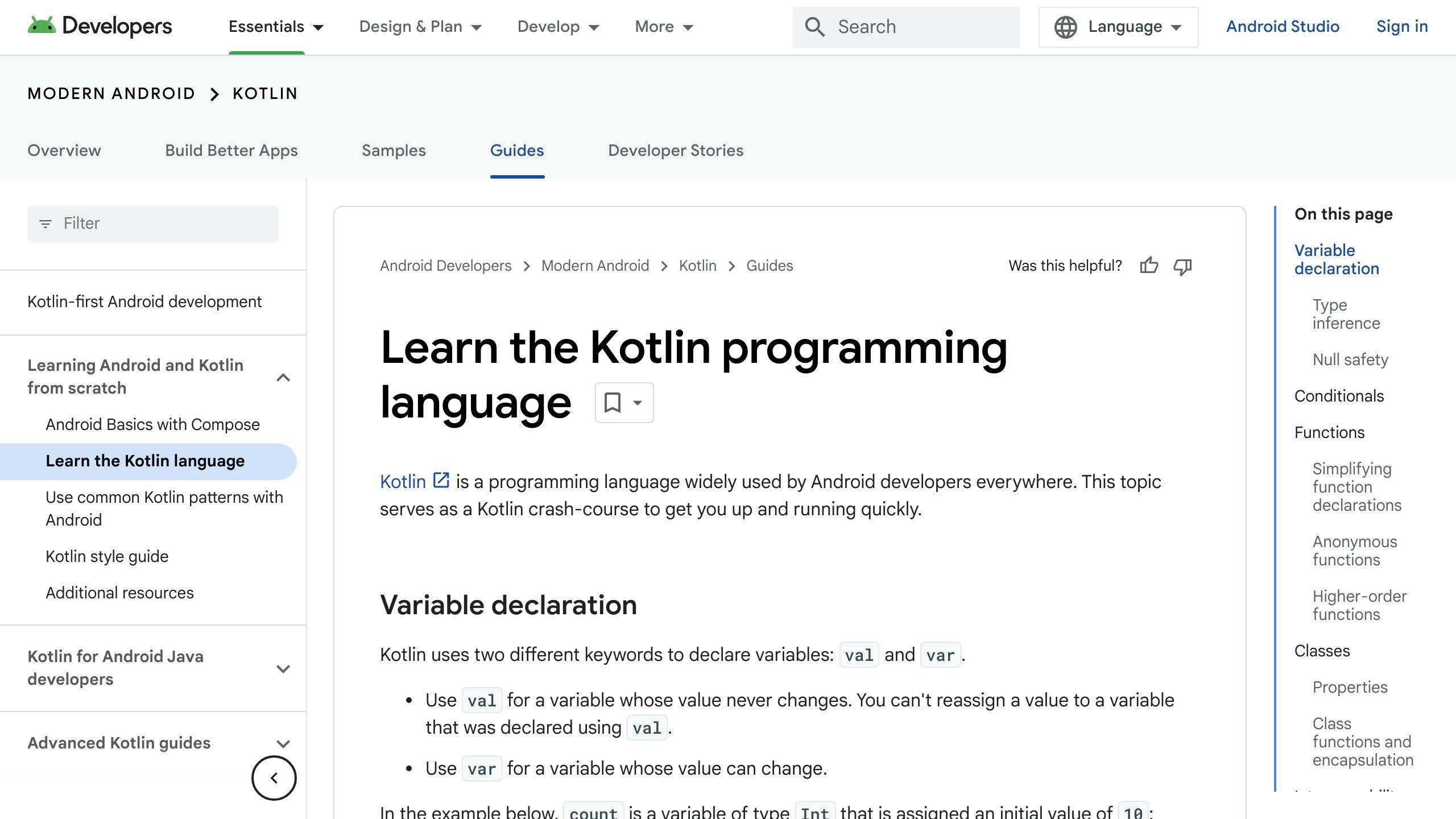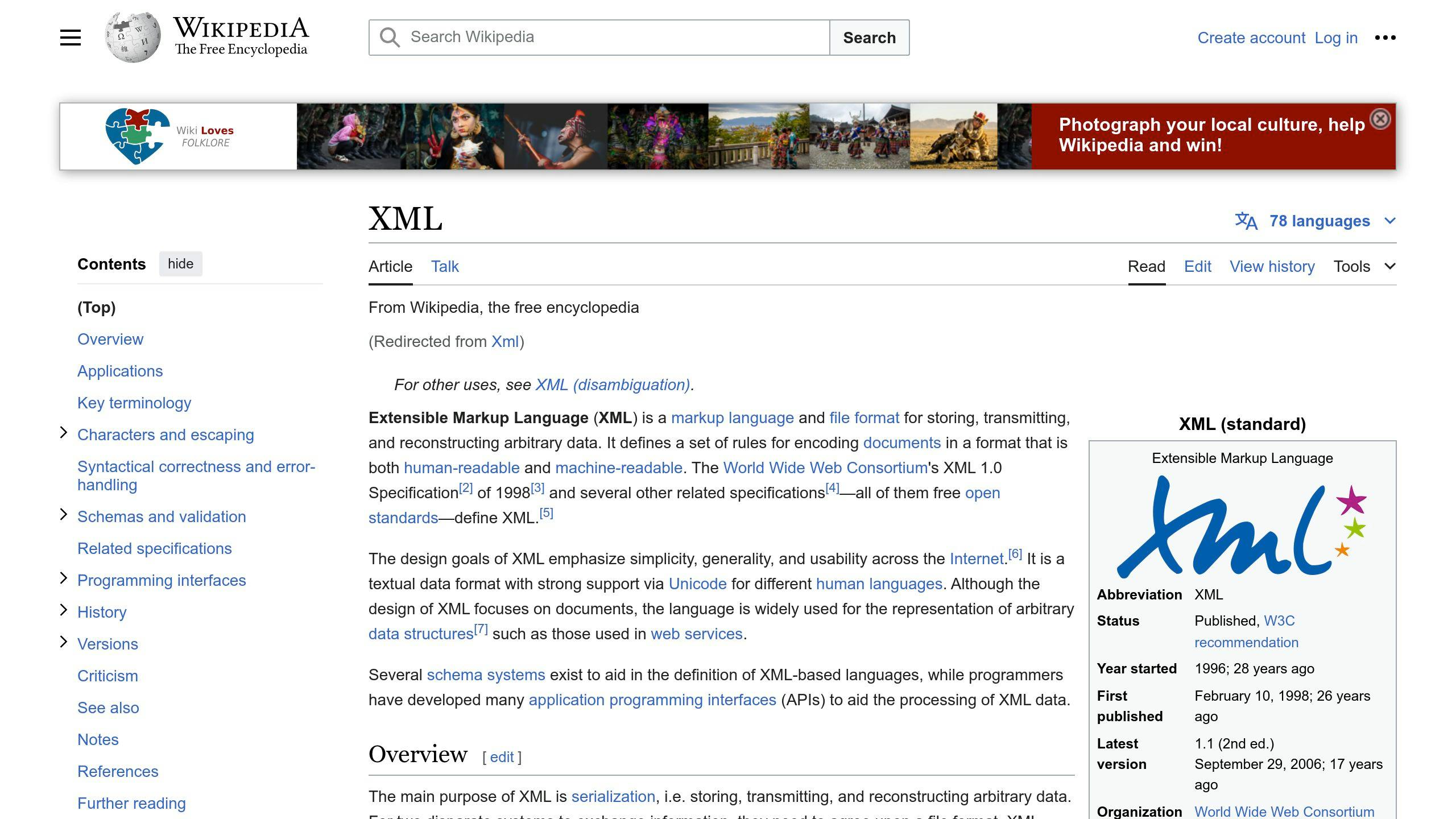Load balancing distributes incoming traffic across multiple servers, preventing any single server from becoming overwhelmed and ensuring high availability, improved performance, enhanced scalability, and reduced costs.
Key Load Balancing Algorithms
Round Robin
- Simple to implement
- Distributes requests evenly across servers
- Suitable for homogeneous environments with equal server capacities
Weighted Round Robin
- Considers server capacities and distributes requests proportionally
- Ideal for heterogeneous environments with varying server capabilities
Least Connections
- Directs requests to the server with the fewest active connections
- Adapts to changing server loads and dynamic workloads
- Effective in heterogeneous environments
Weighted Least Connections
- Combines server capacity and active connections for load balancing
- Adapts to changing server loads and capacities
- Suitable for dynamic workloads and heterogeneous environments
Random
- Simple implementation
- Distributes requests randomly across servers
- Not ideal for heterogeneous environments or optimizing resource utilization
Quick Comparison
AlgorithmImplementation ComplexityConsiders Server CapacityAdapts to Dynamic WorkloadsRound RobinSimpleNoNoWeighted Round RobinModerateYesNoLeast ConnectionsModerateNoYesWeighted Least ConnectionsComplexYesYesRandomSimpleNoYes
When selecting a load balancing algorithm, consider factors such as server capacity, dynamic adaptability, session persistence requirements, and load distribution goals. The right algorithm can optimize system performance, efficiency, and reliability in your cloud computing environment.
1. Round Robin
Implementation Complexity
Round Robin is a simple and widely used load balancing algorithm. It distributes client requests to application servers in a rotation. This algorithm is easy to set up and manage.
Server Capacity Consideration
Server CapacityDescriptionEqual CapacityRound Robin assumes all servers have equal processing capabilities and available resources.LimitationThis can be a limitation, as servers with lower capacity may become overwhelmed with requests.
Distribution Efficiency
Round Robin provides a relatively even distribution of incoming requests across the available servers. Each server gets an equal share of the load, which is beneficial when all servers have similar processing capabilities.
Suitability for Heterogeneous Environments
EnvironmentSuitabilityHomogeneousRound Robin is suitable for environments where servers have equal processing capabilities and available resources.HeterogeneousIt is not ideal for environments where servers have different capacities or specifications.
Round Robin is a simple load balancing algorithm that distributes incoming network traffic across a group of servers. While it has its limitations, it is easy to implement and provides a relatively even distribution of incoming requests across the available servers.
2. Weighted Round Robin
Implementation Complexity
Weighted Round Robin (WRR) is a more advanced load balancing algorithm that builds upon the Round Robin technique. It requires a bit more complexity in its implementation, but offers more flexibility and efficiency in distributing incoming requests across servers with varying capacities.
Server Capacity Consideration
Server CapacityDescriptionVarying CapacityWRR considers the processing power or 'weight' of each server in the network, ensuring that servers with higher capacities receive a larger share of the requests.AdvantageThis approach prevents servers with lower capacity from becoming overwhelmed with requests, making it ideal for heterogeneous environments.
Distribution Efficiency
Weighted Round Robin provides a more efficient distribution of incoming requests across the available servers. By assigning weights to each server based on its capacity, WRR ensures that requests are distributed in proportion to the server's ability to handle them.
Suitability for Heterogeneous Environments
EnvironmentSuitabilityHeterogeneousWRR is particularly suitable for environments where servers have different capacities or specifications, as it allows for more efficient distribution of requests based on server capabilities.
3. Least Connections
Implementation Complexity
The Least Connections algorithm is a dynamic load balancing method that directs client requests to the server with the fewest active connections. This approach is relatively simple to implement, as it only requires the load balancer to track the number of active connections on each server.
Server Capacity Consideration
Server CapacityDescriptionNo Explicit ConsiderationLeast Connections does not directly consider server capacity in its load balancing decisions.Effectiveness in Heterogeneous EnvironmentsHowever, it can still be effective in environments where servers have different capacities, as it prevents any single server from becoming overwhelmed with requests.
Distribution Efficiency
Least Connections provides an efficient distribution of incoming requests across the available servers. By directing requests to the server with the fewest active connections, it ensures that no single server is overwhelmed with requests, leading to improved overall system performance.
Adaptability to Dynamic Workloads
WorkloadDescriptionDynamicLeast Connections is well-suited to dynamic workloads, as it can quickly adapt to changes in the number of active connections on each server.Unpredictable or VariableThis makes it an effective algorithm for environments where the workload is unpredictable or variable.
In summary, Least Connections is a simple, efficient, and effective load balancing algorithm that is well-suited to dynamic workloads and heterogeneous environments.
sbb-itb-8abf120
4. Weighted Least Connections
Implementation Complexity
The Weighted Least Connections algorithm is a variation of the Least Connections algorithm. It considers the weights or capacities of each server in addition to the number of active connections. This added complexity makes it slightly more challenging to implement.
Server Capacity Consideration
Server CapacityDescriptionExplicit ConsiderationWeighted Least Connections considers server capacity in its load balancing decisions.Effectiveness in Heterogeneous EnvironmentsThis approach is effective in environments where servers have different capacities.
Distribution Efficiency
Weighted Least Connections provides an efficient distribution of incoming requests across the available servers. It considers both the number of active connections and server capacity, ensuring that no single server is overwhelmed with requests.
Adaptability to Dynamic Workloads
WorkloadDescriptionDynamicWeighted Least Connections is suitable for dynamic workloads, as it can quickly adjust to changes in the number of active connections on each server.Unpredictable or VariableThis makes it effective in environments where the workload is unpredictable or variable, and server capacity needs to be optimized.
5. Random
Implementation Complexity
The Random load balancing algorithm is simple to set up and implement. It doesn't require complex decision-making processes or server capacity considerations.
Distribution Efficiency
Random load balancing distributes incoming requests randomly across available servers. While this approach may not provide the most efficient distribution of requests, it can still be effective in certain scenarios.
Server Capacity Consideration
Server CapacityDescriptionNo ConsiderationRandom load balancing does not consider server capacity in its decisions.LimitationThis can lead to inefficient use of resources in heterogeneous environments.
Suitability for Heterogeneous Environments
Random load balancing is not well-suited for environments where servers have different capacities or processing powers. Other algorithms like Weighted Least Connections or Weighted Round Robin may be more effective in optimizing server utilization.
Adaptability to Dynamic Workloads
WorkloadDescriptionDynamicRandom load balancing can adapt to dynamic workloads, as it doesn't rely on complex calculations or server capacity considerations.Inconsistent PerformanceHowever, its random nature may lead to inconsistent performance and response times, especially during periods of high traffic or sudden spikes in demand.
Pros and Cons of Each Algorithm
This section summarizes the advantages and disadvantages of each load balancing algorithm, enabling readers to easily assess which algorithm may be best suited for their specific requirements.
Load Balancing Algorithm Comparison
AlgorithmProsConsRound RobinSimple to set up, easy to implement, and provides even distributionDoesn't consider server capacity or load, lacks built-in fault detection or toleranceWeighted Round RobinDistributes traffic efficiently based on server capacity, simple to implementDoesn't consider server load, static weights may not adapt to changing conditionsLeast ConnectionsDynamically adjusts to changing server loads, efficient in heterogeneous environmentsMay not perform well in environments with varying connection timesWeighted Least ConnectionsCombines the benefits of weighted round robin and least connections, adapts to changing server loads and capacitiesCan be complex to set up and implement, requires careful weight assignmentRandomSimple to set up, can adapt to dynamic workloadsMay not provide the most efficient distribution of requests, doesn't consider server capacity or load
Each algorithm has its strengths and weaknesses, and the choice of algorithm depends on the specific requirements of the application or service. By understanding the pros and cons of each algorithm, developers can make informed decisions about which load balancing strategy to implement.
Evaluating Algorithm Performance
In this section, we will analyze the load balancing algorithms based on predefined comparison criteria. We will discuss their efficiency in distributing workload, the complexity of implementation, and their ability to adapt to varying server capacities and dynamic workloads.
Efficiency in Distributing Workload
The efficiency of a load balancing algorithm in distributing workload is crucial in ensuring that no single server is overwhelmed with requests. The following table compares the algorithms based on their efficiency:
AlgorithmEfficiencyRound RobinEven distribution, but doesn't consider server capacity or loadWeighted Round RobinEven distribution based on server capacity, but doesn't consider server loadLeast ConnectionsDynamically adjusts to changing server loads, efficient in heterogeneous environmentsWeighted Least ConnectionsCombines the benefits of weighted round robin and least connections, adapts to changing server loads and capacitiesRandomRandom distribution, may not provide the most efficient distribution of requests
Complexity of Implementation
The complexity of implementation is another important factor to consider when evaluating load balancing algorithms. The following table compares the algorithms based on their complexity:
AlgorithmComplexityRound RobinSimple to set upWeighted Round RobinRequires more configurationLeast ConnectionsRequires more configurationWeighted Least ConnectionsMost complex to implement, requires careful weight assignmentRandomSimple to set up
Adaptability to Varying Server Capacities and Dynamic Workloads
The ability of a load balancing algorithm to adapt to varying server capacities and dynamic workloads is essential in ensuring that the system remains responsive and efficient. The following table compares the algorithms based on their adaptability:
AlgorithmAdaptabilityRound RobinSuitable for static environmentsWeighted Round RobinSuitable for static environmentsLeast ConnectionsAdapts to changing server loads, suitable for dynamic workloadsWeighted Least ConnectionsAdapts to changing server loads and capacities, suitable for dynamic workloadsRandomAdapts to dynamic workloads, but may not provide the most efficient distribution of requests
By evaluating these criteria, developers can make informed decisions about which load balancing algorithm to implement, ensuring that their system remains efficient, responsive, and scalable.
Choosing the Right Load Balancing Algorithm
When selecting a load balancing algorithm, consider the following factors to ensure optimal system performance, efficiency, and reliability.
Server Capacity and Capability
Understand the capacity and capability of each server in your network. If servers have different capacities, consider algorithms that allow you to assign weights based on their capabilities, ensuring a balanced workload distribution.
Dynamic Adaptability
Assess the dynamic nature of your network. Algorithms that adapt to changing server performance can enhance overall system efficiency.
Session Persistence Requirements
Determine whether your application or service requires session persistence. Certain algorithms can maintain session continuity by consistently directing requests from the same IP address to the same server.
Load Distribution Goals
Clearly define your load distribution goals. Choose the strategy that best meets your objectives, whether it's to achieve proportionate distribution, improve performance, or maintain session persistence.
Load Balancing Algorithm Selection Criteria
CriteriaDescriptionServer CapacityConsider algorithms that adapt to varying server capacitiesDynamic AdaptabilityChoose algorithms that adjust to changing server performanceSession PersistenceSelect algorithms that maintain session continuityLoad Distribution GoalsDefine your objectives and choose the strategy that best meets them
By considering these factors, you can choose the right load balancing algorithm for your cloud computing needs, ensuring optimal system performance, efficiency, and reliability.
FAQs
What are the different types of load balancing algorithms and how do they work?
Load balancing algorithms can be divided into two main categories: dynamic and static. Dynamic algorithms adjust to the current state of each server and distribute traffic accordingly. Static algorithms, on the other hand, distribute traffic without considering the server's current state.
Algorithm TypeDescriptionDynamicAdjusts to the current server state and distributes traffic accordinglyStaticDistributes traffic without considering the server's current state
What is least connection load balancing?
Least connection load balancing is a dynamic algorithm that directs client requests to the server with the fewest active connections. This approach ensures that no single server becomes overwhelmed, leading to improved system performance and reliability.
Least Connection AlgorithmDescriptionHow it worksDirects client requests to the server with the fewest active connectionsBenefitsEnsures no single server becomes overwhelmed, improving system performance and reliability






















